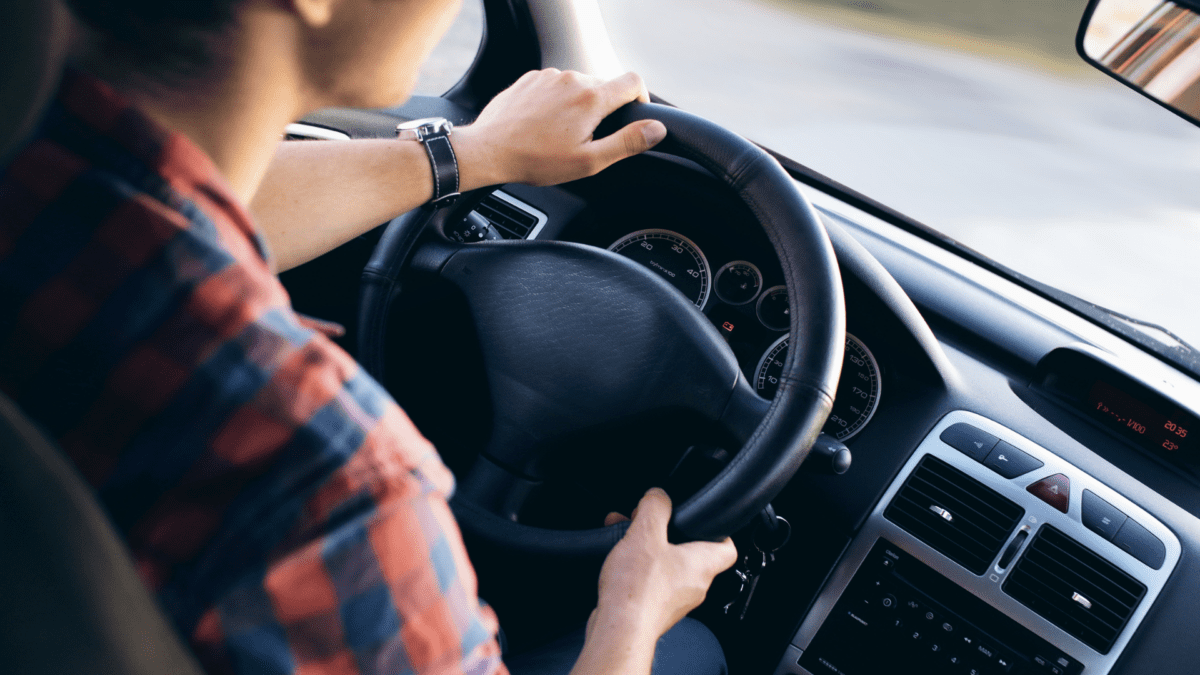We are often asked about building food trucks to a size that enables them to be driven with a normal car licence. This means the vehicle must have a maximum weight of 4.5 tonne (4500kg) gross vehicle mass (GVM).
This is possible for a range of food truck operations, provided they are going to be used for light weight duty and not heavy-duty cooking. Below, we break down the typical weight allocation of a food truck that can be driven on a class C drivers’ licence:
The truck
The truck we recommend is a Fuso brand, the lightest truck in the range which enables a kitchen length of 4.5m. This weighs 2200kg including driver and fuel. The body of the truck is 200kg and then when a steel frame for body connection to truck cab chassis is added, 350kg. Already this is 2750kg – over half our allowable weight on this licence type.
Required items
In all commercial food operations, there are required standards that must be met before an operating permit will be granted by relevant councils. There are three elements to cater for here:
Water tanks – there must be two tanks, for fresh and wastewater. These generally hold 100L of water each (100kg). Including the weight of empty tanks, reserve 150kg.
An 18mm floor with industrial vinyl to withstand commercial activity weighs 150kg and legally we must reserve 400-500kg for stock and humans.
This takes our total weight so far to 3450kg.
Utilities
Food trucks will always run gas, so reserve a minimum of 100kg. Electrical works will need a similar amount and plumbing about half the weight at 50kg.
Our subtotal now is at 3700kg, which leaves us with 800kg.
Equipment
Next comes the food preparation and storage equipment:
For stainless steel sinks and benching, factor in 250kg and two other must-haves are an exhaust canopy (100kg) and a generator 80kg to 130kg. We recommend the Cummins generators as comparatively they are the lightest, they run quietly, and they last. A generator typically weighs 100kg although larger electrical requirements will require a heavier one.
This leaves us around 350kg for cooking equipment which needs to be commercial grade to ensure it can cope with the volume of food that will be produced. Generally, this will allow for four pieces of equipment:
- A fridge (which should always be tropically rated to 43 degrees to withstand both hot temperatures outdoors and hot kitchens indoors whilst still working effectively to store your goods)
- A freezer
- A deep fryer and
- A griddle
These are interchangeable – a griddle could be replaced with items such as a char-grill, 4-burners and single wok burners etc. Or an oven might be required – one with a 4-burner gas top weighs around 180kg.
The equipment required will obviously depend on the type of food that is being prepared and sometimes, upgrading to the next class of licence – an LR (light rigid) – is a good option as it doubles the weight restriction to up to 8t GVM and is simple to acquire at your local transport office.
Got questions? Contact us and ask – there is no such thing as a silly question, and we are here to help.
